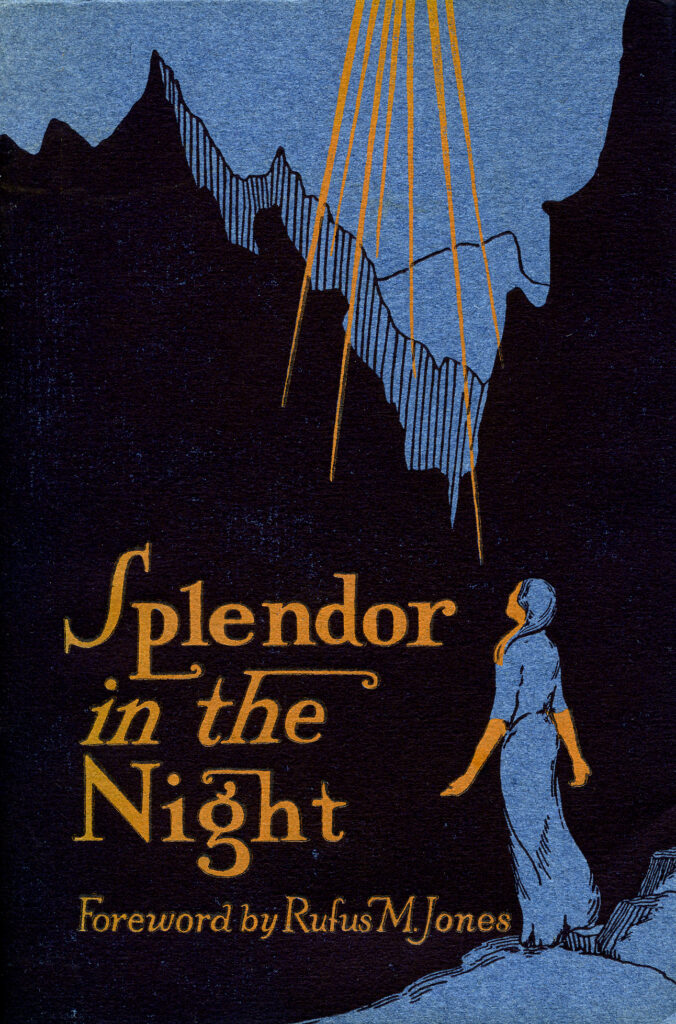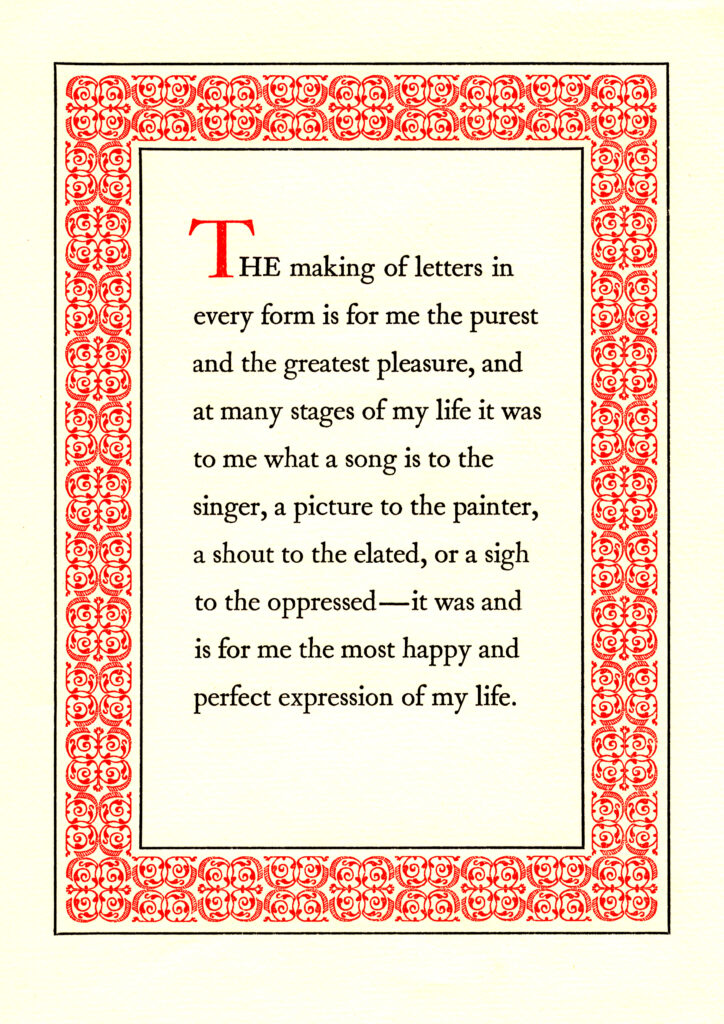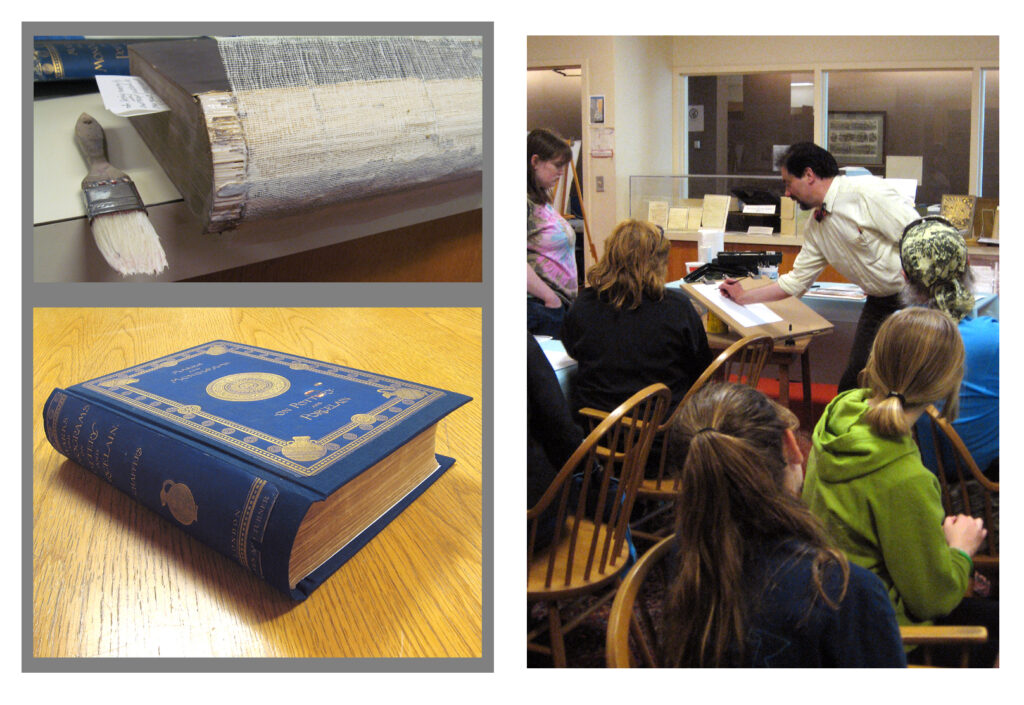“Printed in Portland” exhibit in the Portland Room
posted: , by Cy Bennetttags: Exhibits & Displays | Adults | Portland History
 Printed in Portland is an exhibit in the Portland Room that accentuates our city’s printing presses through our Library Special Collections.
Printed in Portland is an exhibit in the Portland Room that accentuates our city’s printing presses through our Library Special Collections.
Featured examples are printed and bound items, photographs, billheads, and tools that were used in the local trade.
Portland’s Exchange Street and Middle Street (both in what is known today as the Old Port) were the locations of the city’s most prominent presses. To name a few: Anthoensen Press- also known as Southworth-Anthoensen—(see images at left) was located at 37 Exchange Street (though originally on Middle Street). Mosher Press was nearby at 45 Exchange Street, and Colesworthy Press was located at 92 Exchange Street. The northern end of Exchange Street was the location of The Printers Exchange, and the legacy of newspaper publishing along the street likely inspired Guy Patterson Gannett to construct the Gannett Building (the original Press Herald building) at 119 Exchange Street.


Examples from Colesworthy Press, and Mosher Press.
Maybe some of you are stamp collectors?
Mekeel’s, which took flight here on Portland’s Temple Street (and later on Milk Street), still in business, is America’s oldest philatelic periodical. You can read more about Mekeel’s at our Digital Commons site.



Below: From our Archives: Anthoensen Press in 1981, 37 Exchange Street

You’re welcome to stop by the Portland Room, and you may contact us at portlandroom@portlib.org

(Above: Printed keepsake made by Anthoensen Press.
The quoted author was typographer and calligrapher Rudolf Koch {1876-1934})
__________________________________________
Indeed, we have been keeping alive and promoting the local traditions of bookbinding and calligraphy through the years, in harmony with our historic collections:






